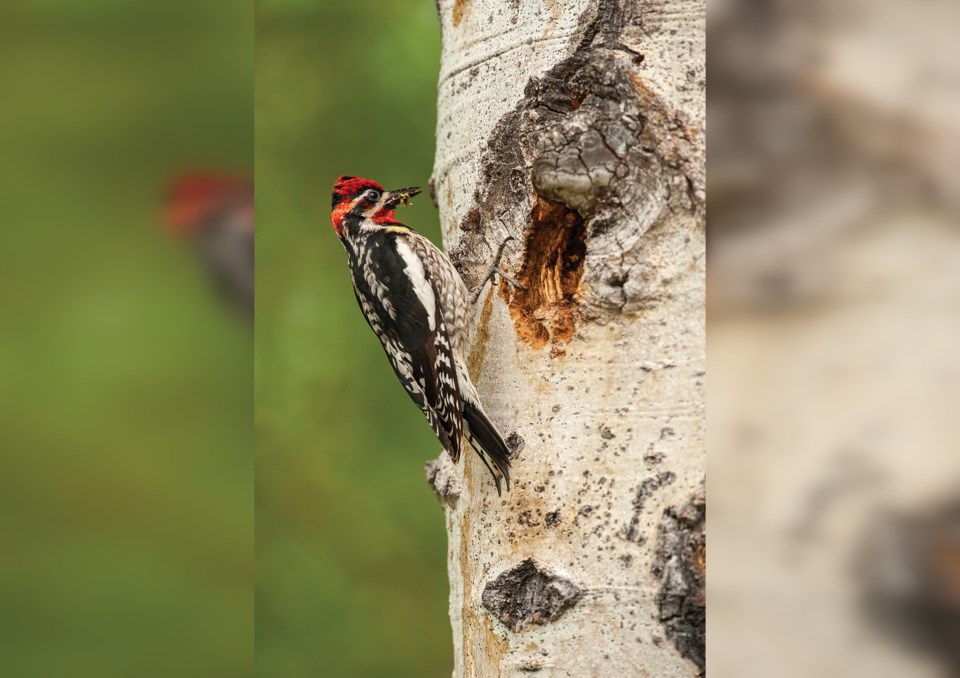The cool, unsettled weather continued throughout the first three and a half weeks of April, with the CBC reporting that it was the fifth coldest April on record (to that date). The northbound migration of the insectivores, which dominate our summer bird population, was severely retarded, with some species delaying their arrival completely and others reluctantly filtering into our area in small numbers, rather than the normal mass arrival. The much loved rufous hummingbirds finally arrived in good numbers by about April 12. A high-pressure system is predicted in the coming days, with temperatures forecast to reach 20 C. This flush of very warm weather will surely bring the birds flooding northward, with warblers, flycatchers, vireos, and swallows expected.
Despite the cool weather, much has been happening anyway as biological imperatives drive change. In the week of April 18 to 24, thousands of geese flew northward over the Sunshine Coast. All five regular species were noted, with Canada, cackling, and snows in large numbers, a single flock of brant, and a few white-fronted. We will see them again, flying south in October.
One of our standout species, the beautiful mountain bluebird, was seen in decent numbers, with Gospel Rock the best location. This species is strictly a migrant, passing through in April to areas further north and east. The same applies to another thrush species, Townsend’s solitaire, but numbers have been low so far this year. The third migrant thrush, hermit thrush, is an abundant nester in local forests above 1,000m elevation, but on migration it frequents sea-level locations, and many have been reported. Other species of arriving birds have been osprey, American pipit, Say’s phoebe, purple martin, chipping sparrow and brown-headed cowbird. The first barn swallow appeared at the Ruby Lake lagoon on April 25.
On the 22nd Jack Stein found and photographed a Sunshine Coast rarity, a red-naped sapsucker, on the beachfront trail east of Bonniebrook Lodge. Jack put the word out and most of the Coast’s keen birders converged there. Following up on reports of rare birds is often a hit-and-miss experience as the bird moves on or is frequenting a large general area of dense bushes or foliage. The sapsucker had to be the most co-operative rare bird I’ve ever known, as it stayed out in the open, about seven metres up in the crotch of a cedar tree, and 48 hours after it was first found, it was within centimetres of the first sighting. The bird occupied itself, as sapsuckers do, by drilling for insects and sap in the bark of the cedar. This is the fifth local record of the species, which normally occurs in the Okanagan. Coincidentally, the first record was only about 200 m away at Lloyd and Gerrie Patterson’s home on April 12, 1997.
To report your sightings or questions contact [email protected] or 604-885-5539. Good Birding.



